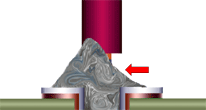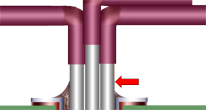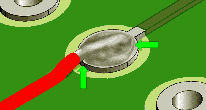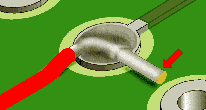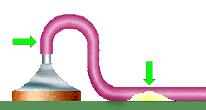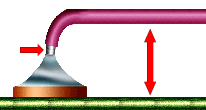DISCRETE WIRES
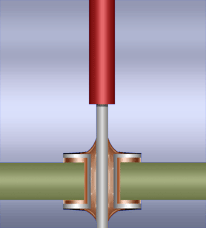
Designs ofter require the termination of discrete conductors directly to the printed wiring board, rather than to terminal posts or through a connector. Terminations are typically through-hole, but lap terminations are also possible.
All discrete wires are considered to be components - with the same bending, soldering and stress relief requirements seen for other discrete axial/radial devices.
See Section 6.01 "Through-Hole Soldering, General Requirements", for common accept/reject criteria.
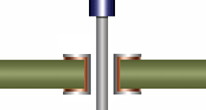
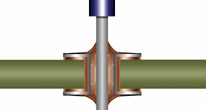
PREFERRED
THROUGH-HOLE TERMINATION
INTERIM ASSEMBLY
The conductor enters the hole, perpendicular to the board surface, and exhibits proper insulation clearance and lead protrusion. The wire end may be clinched to aid assembly.
NASA-STD-8739.3 [8.4]
PREFERRED
THROUGH-HOLE TERMINATION
FINAL ASSEMBLY
The termination exhibits proper insulation clearance and lead protrusion. The termination is fully wetted, with complete fillet formation on both sides of the board.
NASA-STD-8739.3 [8.4]
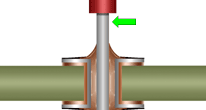
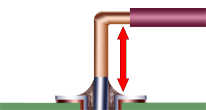
ACCEPTABLE
INSULATION GAP
The insulation gap (referenced from the first point of contact of the conductor to the terminal) shall be less than two (2) wire diameters, but shall not be imbedded in the solder joint. The wire contour shall be visible at the end of the insulation.
NASA-STD-8739.3 [9.1.1], [9.1.2]
UNACCEPTABLE
EXCESSIVE INSULATION GAP
The insulation gap exceeds the maximum of two (2) insulated wire diameters, and may present a shorting or birdcaging potential.
NASA-STD-8739.3 [9.1.1], [13.6.2.a.2]

